Gemologist Guide to Identifying Moonstone
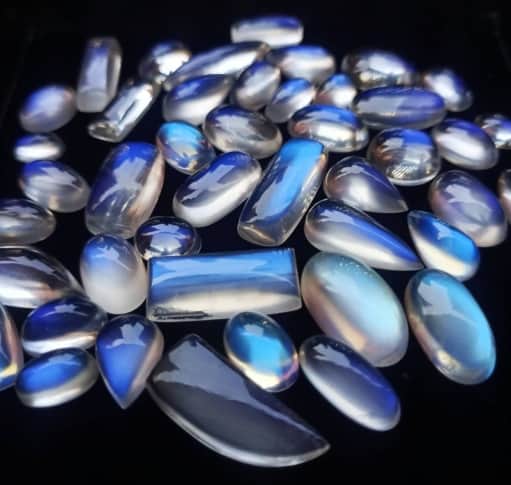
Rainbow moonstone is a variety of labradorite that is part of the feldspar mineral family. It exhibits flashes of color that float around inside the stone. This is caused by light entering the stone and dispersion takes place which is reflected back to your eye. Major deposits and mines are located in Australia, Mexico, Sri […]
Gemologist Guide to Identifying Ammolite
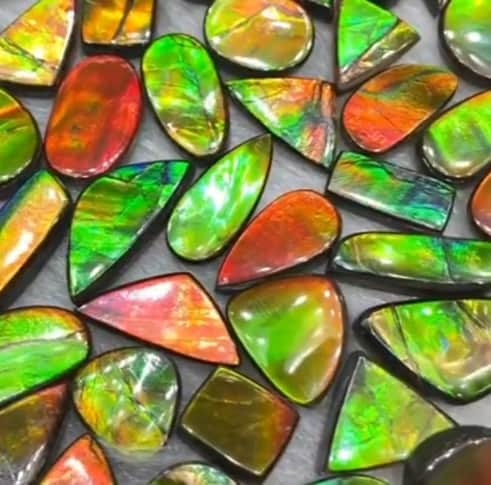
Ammolite is known for producing an incredible iridescent color when observed under direct light. The colors observed in individual stones can run the entire color range or be one or two colors. Iridescent aragonite is the actual mineral name for ammolite and is found in two species of extinct ammonite fossils. When attending rock and […]
Gemologist Guide to Identifying Pyrite
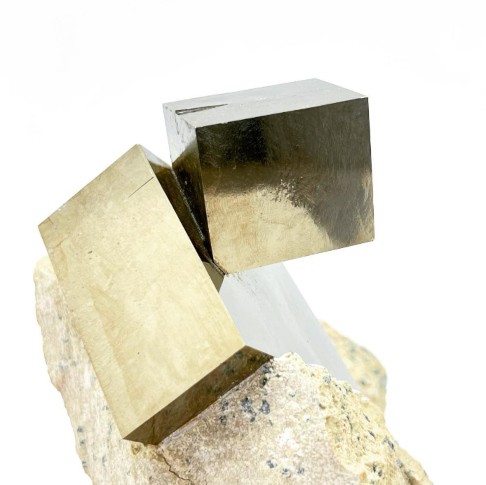
Pyrite is commonly known as “Fools Gold” because its color is similar to actual gold. The interesting thing about pyrite is it comes in different shapes and sizes. The general population is unaware of the pyrite sunbursts and perfect crystal squares. Over the years it has gained in popularity due to the unique characteristics mentioned […]
Gemologist Guide to Identifying Lapis Lazuli
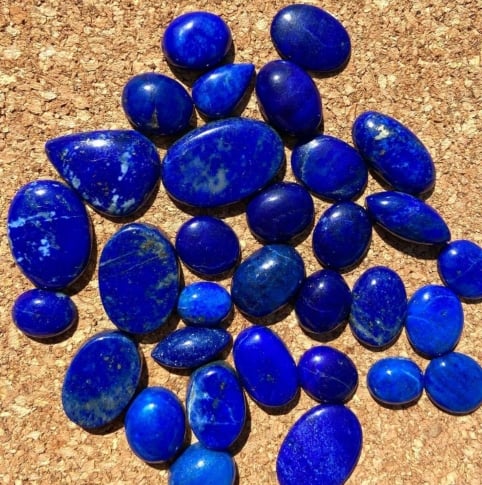
Lapis Lazuli, commonly known as “Lapis,” is a beautiful blue metamorphic rock that has been used as a gemstone, sculpting material, ornamental material, and pigment for thousands of years. The most sought-after specimens have a rich, solid blue color with a few reflective pieces of gold pyrite. Unlike many other gem materials, lapis isn’t a […]
Gemologist Guide to Identifying Chyrsocolla
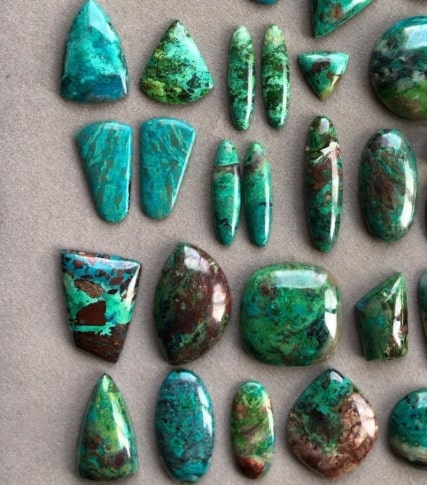
Chrysocolla is a lovely mineral collected by rock hounds and gemstone enthusiasts. Its color is dictated by the ratio of chrysocolla, malachite, turquoise, and other minerals. If you’re lucky enough to come across the silica-based chrysocolla then it will look drastically different from pieces with other minerals mixed in. It will be a solid blue […]
Gemologist Guide to Identifying Larimar
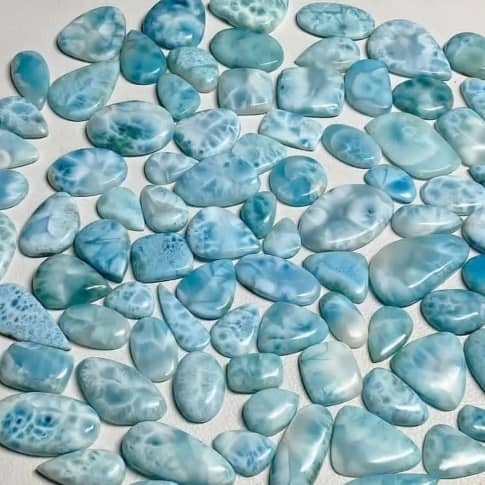
Larimar is a beautiful blue variety of Pectolite found only in the Dominican Republic and it’s the only gemstone sourced from the entire Caribbean. Pectolite isn’t rare and is commonly found throughout the world but larimar is the exception. You’ll also notice the color of larimar is a mirror reflection of the blue-green ocean water […]
How Much is Peridot Worth
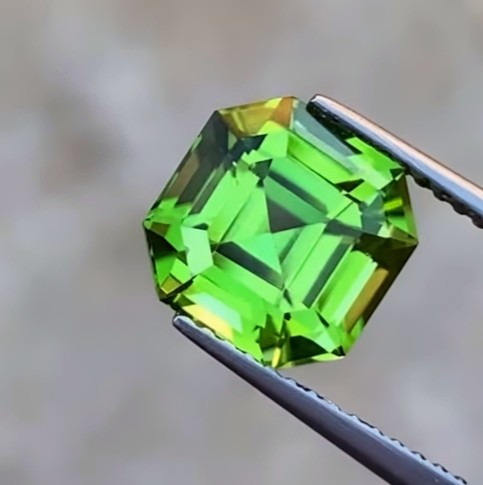
High-quality peridot is very affordable in sizes ranging from 0.50 – 1 carat and the cost per carat is between $5.00 to $25.00 per carat, 1-3 carat sized stones are priced between $25.00 to $100.00 per carat, and larger stones, which are on the rare side, are priced at $75.00 to $585.00 per carat. Peridot […]
How Much is Turquoise Worth
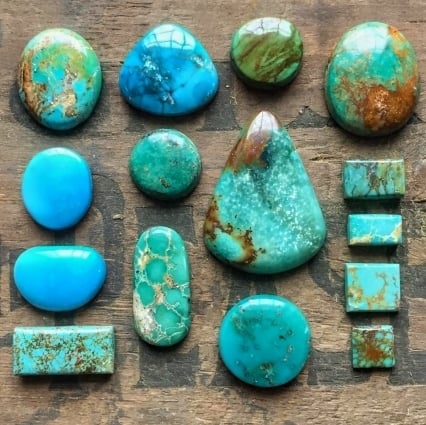
High-quality turquoise is still fairly affordable in all sizes, costing between $1.00 to $10.00 per carat or $5.00 to $50.00 per gram. Some gem dealers will charge a premium depending on where the turquoise was sourced and how much supply is on the market. Turquoise comes in a range of tones and saturations and can […]
How Much is Topaz Worth
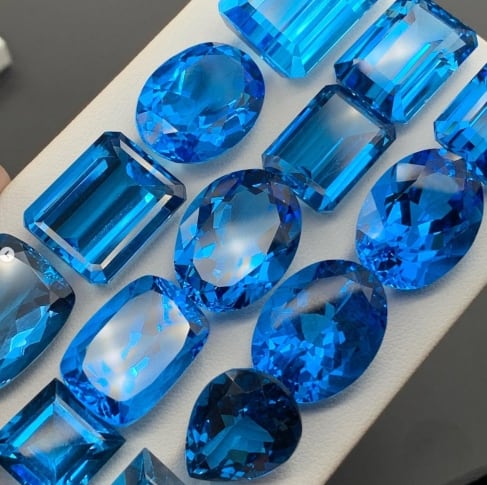
High-quality topaz is still very affordable in sizes under 1 carat, costing between $7.00 to $18.00 per carat, 1-2 carat sized stones are priced between $15.00 to $25.00 per carat, and larger stones, which are on the rare side, are priced at $25.00+ per carat. Imperial topaz is regarded as the best in the world […]
Gemologist Guide to Identifying Topaz

Topaz is well known in the jewelry industry and rock collector groups. It comes in a variety of colors but the most sought-after is reddish orange. Lighter-colored stones are more prevalent and can be found in larger sizes. The reddish-orange variety of topaz is known as imperial topaz. The crystals are amazing because of the […]
